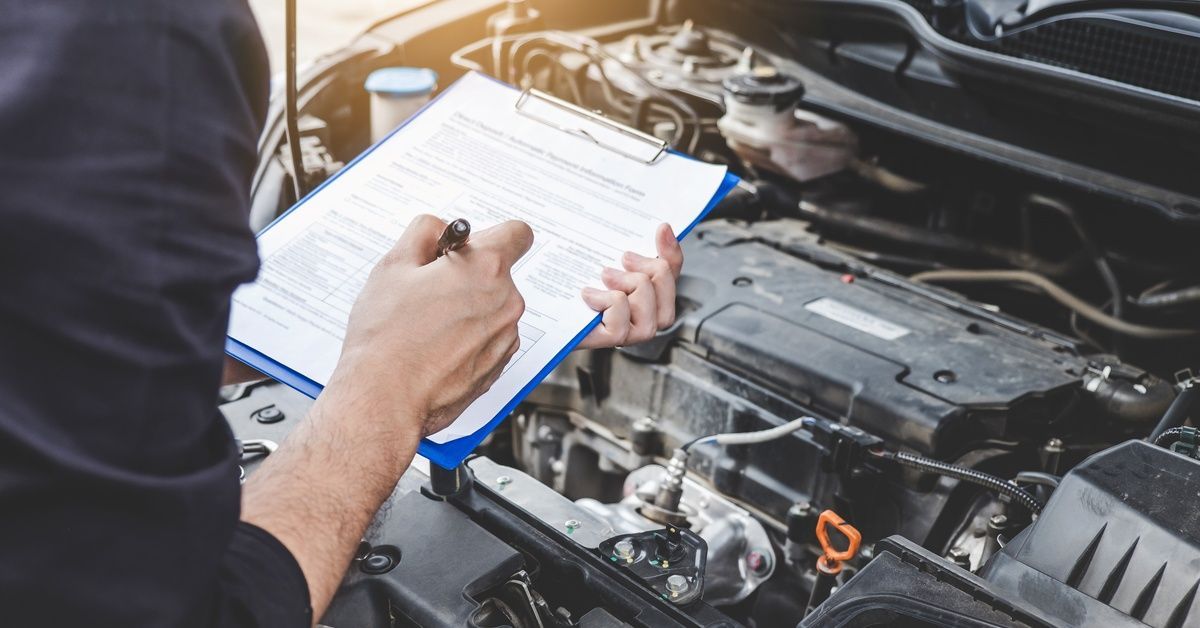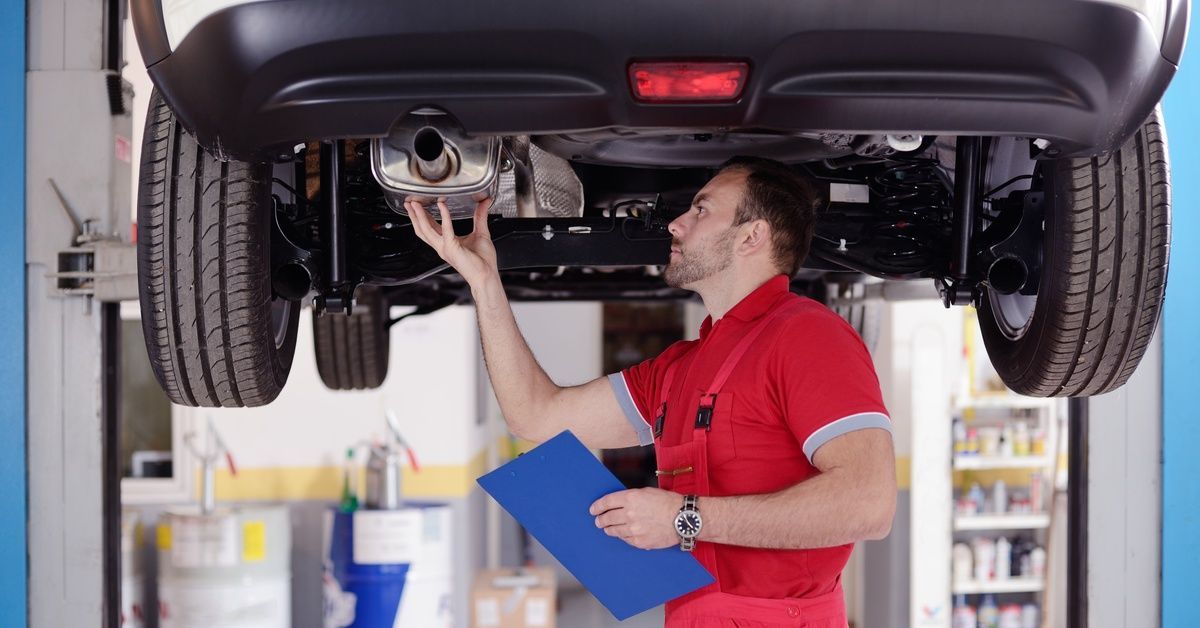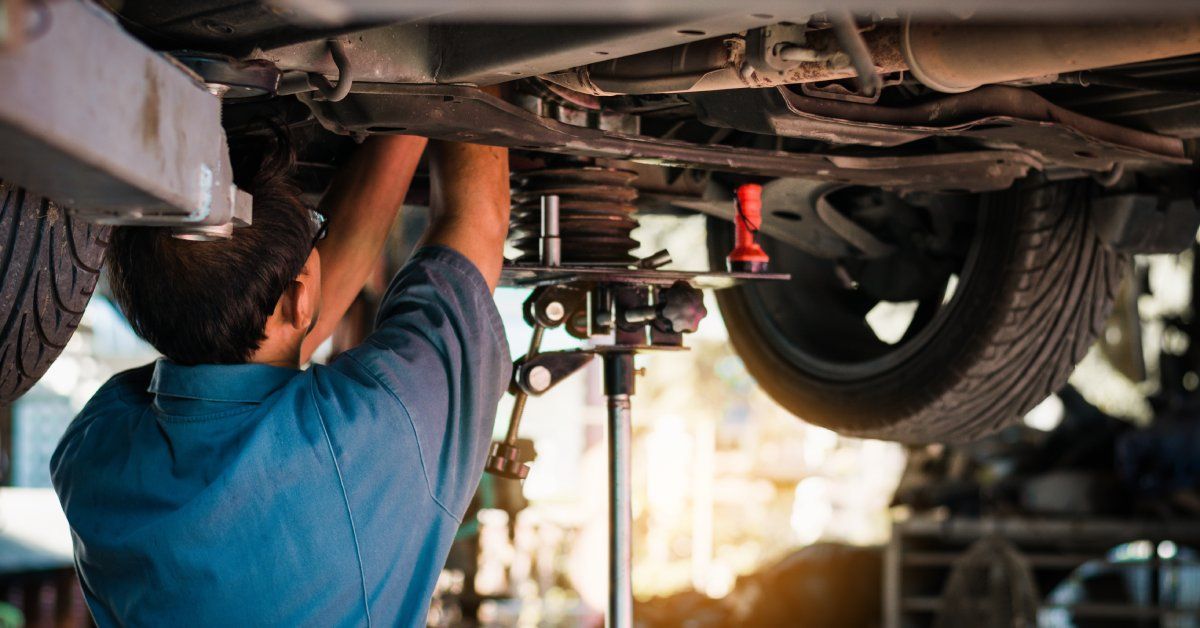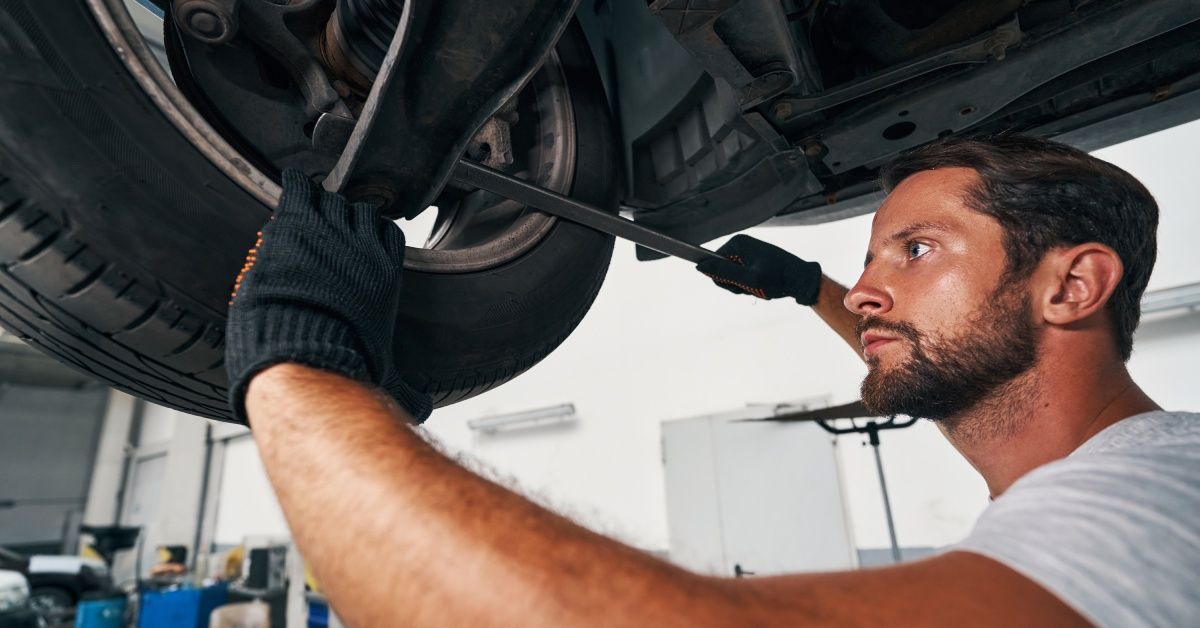How To Tell if a Vehicle Had a Prior Repair
If you’re in the market for a used car or are simply curious about the history of your current vehicle, understanding whether a car has undergone prior repairs is essential. Knowing a vehicle’s repair history can help you assess its value and ensure its safety, and it can potentially save you from unexpected issues in the future.
For the average driver without advanced mechanical knowledge, knowing how to tell if a vehicle had a prior repair might seem daunting. However, with a little guidance and attention to detail, you can uncover valuable clues.
Check the Vehicle’s History Report
The easiest and most accessible way to start investigating a vehicle’s repair history is by consulting its vehicle history report. Many services, such as Carfax and AutoCheck, provide detailed records of a car’s ownership history, accident reports, title changes, and repair history. These reports often list any reported accidents or significant repairs, giving you a clear starting point. Keep in mind, though, that not all repairs are reported, so you shouldn’t rely solely on this step.
What To Look For in a History Report
- accident history, from minor fender benders to major collisions
- records of salvage or rebuilt titles
- previous maintenance or inspection reports
- gaps in the maintenance timeline, which might indicate unreported incidents
If the report reveals a history of accidents or major repairs, make note of the details so you can investigate further during your inspection.

Inspect the Body Panels and Paintwork
One of the most common indicators of prior repairs is mismatched or uneven bodywork. Vehicles involved in accidents often require panel replacements, repainting, or dent repairs. Careful observation of the vehicle’s exterior can reveal if such work has been done.
Key Clues in the Exterior
- Uneven paint finish: Compare the paint color and texture across the entire vehicle. If one panel looks slightly different in color (duller or shinier), it could indicate a repaint.
- Overspray: Check for signs of paint overspray on unpainted areas, such as window seals, door hinges, or trim pieces.
- Gaps between panels: Look closely at the gaps between doors, the hood, and the trunk. Uneven spacing may suggest that panels were replaced or poorly realigned after an accident.
- Scratches or scuffs beneath repaired areas: Feel the surface of the paint for inconsistencies, such as rough patches or areas where sanding might have occurred.
By taking the time to scrutinize the exterior, you can often uncover subtle inconsistencies that may indicate prior repairs.
Examine the Vehicle’s Frame and Undercarriage
An important aspect of assessing prior repairs is to look at the structural integrity of the vehicle. If a car has been in a severe accident, the frame or undercarriage may have been repaired or reinforced. These repairs can sometimes be hard to spot, but they are critical to investigate.
What To Check
- Frame welds: Look for fresh or unusual weld marks on the metal frame. Factory welds are typically uniform, while aftermarket welds may look more uneven or inconsistent.
- Undercoating or sealant: Excessive or newer undercoating could be hiding damage or rust from previous repairs.
- Rust or corrosion: Repairs done on older vehicles may leave signs of rust or corrosion due to improper maintenance.
- Bent or misaligned frame: A crooked frame may indicate a prior collision. Check if the car sits level and if all doors open and close properly.
Consulting a mechanic for a more thorough inspection of the frame and undercarriage may be worthwhile if you notice concerns here.
Inspect the Interior for Signs of Replacement
The interior of a car can also hold valuable clues about its repair history. Repairs performed after an accident or other damage might leave behind visible signs of modifications or replacements.
Areas To Examine
- Airbag replacements: Check if the steering wheel, dashboard, or side panels show signs of airbag deployment, such as poorly fitting panels or faint lettering imprints.
- Seat belts: Inspect seat belts for frayed edges or signs of replacement, especially if an accident occurred.
- Mismatched fabrics or materials: Different shades of upholstery, stitching, or material can indicate interior part replacements.
- Water damage: If the car contains a musty smell or signs of mold, it may have undergone repairs after flooding.
These interior details often reveal overlooked aspects of the vehicle’s condition and repair history.

Look Under the Hood
The engine bay offers a wealth of information about a vehicle’s maintenance and repair history. Even if you’re not a car expert, some signs of previous repairs under the hood are relatively easy to identify.
Spotting Repair Signs in the Engine Compartment
- Mismatched parts: Look for parts that appear newer or different from the rest of the engine components. Factory parts should have consistent logos and finishes.
- Fresh paint or sealant: New paint or sealant on bolts or engine parts might indicate repairs or replacements.
- Hoses and wires: Inspect hoses and wiring for uneven wear or recent replacements.
- Missing or loose bolts: Loose bolts or missing fasteners could suggest incomplete reassembly after repairs.
Observing these indicators will provide insights into the mechanical history of the vehicle, which is critical to its ongoing performance.
Test Drive the Vehicle
A test drive is one of the best ways to tell if a vehicle had any prior repairs, especially when it comes to mechanical or structural issues. Certain unusual sounds, vibrations, or handling quirks may hint at problems caused by past accidents or improper repairs.
What To Pay Attention to During a Test Drive
- Unusual noises: Listen for rattling, clunking, or squeaking noises, which could indicate loose or improperly repaired components.
- Steering and alignment: Check if the steering feels smooth and the car drives straight. Veering to one side could be a sign of frame damage or misalignment.
- Braking: Test the brakes for consistency and smoothness. Pulsing or unusual resistance may indicate repairs to the braking system.
- Suspension: Pay attention to how the car handles bumps or uneven roads as bouncing or stiffness may hint at suspension repairs.
An attentive test drive can reveal hidden repair issues that might otherwise go unnoticed.
Consult a Professional Mechanic
If you’re still uncertain about a vehicle’s repair history or condition after your inspection, consulting a professional mechanic can provide the clarity you need. At Advanced Vehicle Technology Services, we employ qualified mechanics who have the tools and expertise to identify repairs that might not be obvious to the average driver. For auto repair in Buffalo Grove, Illinois, you can rely on us!




